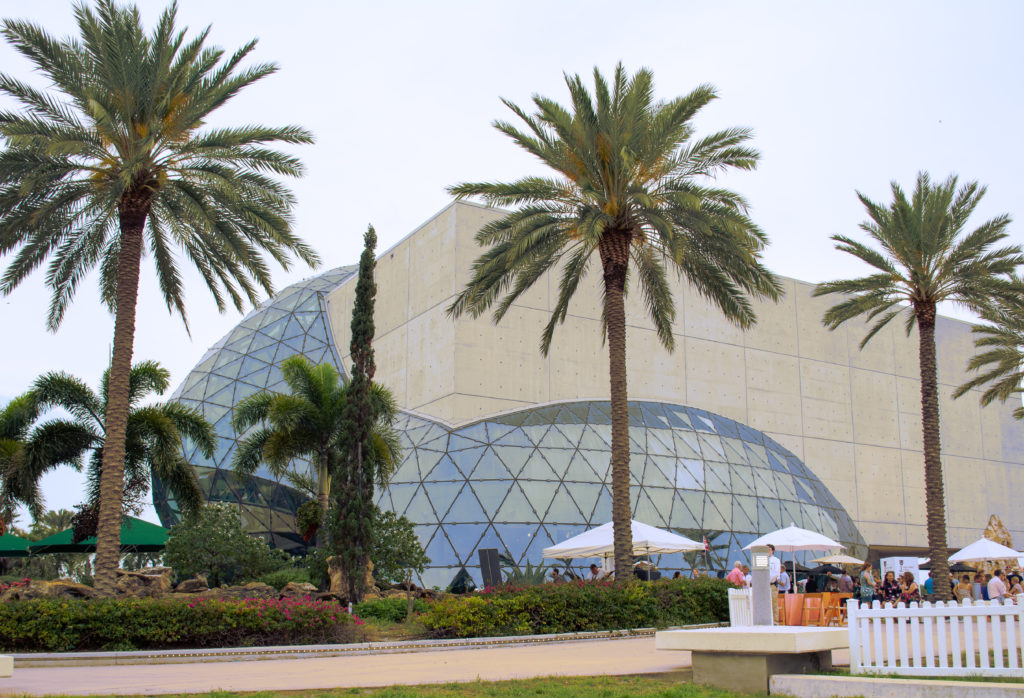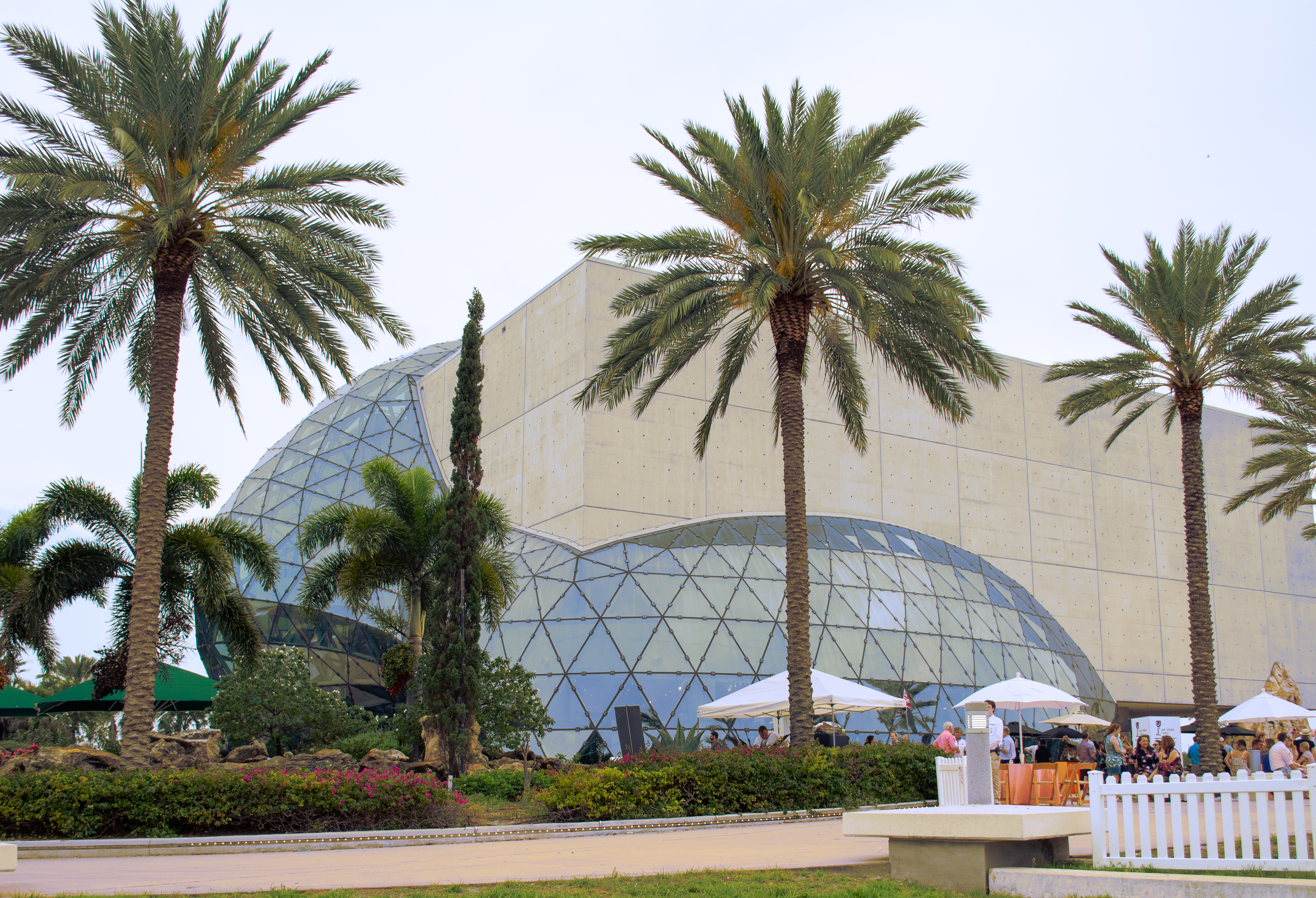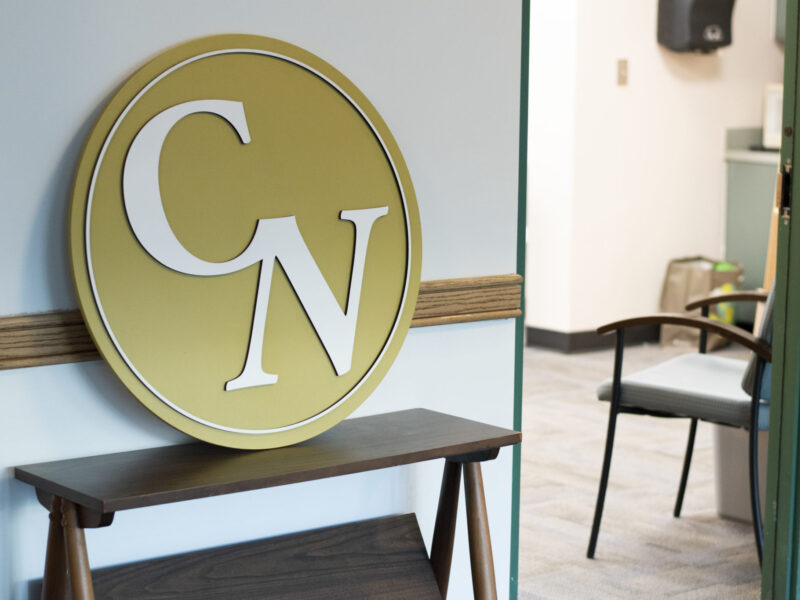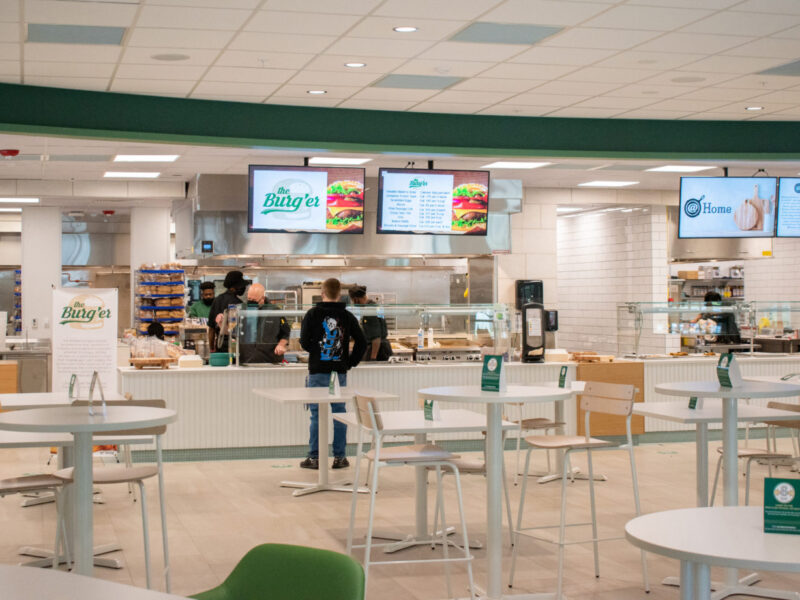
By Jonah Hinebaugh
At a Pinellas County Commission meeting April 9, The Salvador Dalí Museum’s request for $17.5 million passed through the first step but still faces four more obstacles.
The funding will assist in its estimated $38.7 million budget for an expansion plan that will include a new 20,000-square-foot wing split between an exhibition space – dubbed the “Digital Dalí” – focused on immersive digital programming and a venue to host educational programs and events. It will also include a new parking garage.
The proposed plan will allocate money from Tourist Development Tax, or “Bed Tax” – a self-imposed 6-percent tax collected on accommodations in Pinellas County rented for less than six months.
The museum plans on fundraising the remaining $20.5 million.
If approved, the project is estimated to start in March 2020 and will take two years to complete.
The museum draws between 360,000 and 450,000 visitors annually, but is estimated to draw an additional 900,000 attendees in the decade following completion.
“With The Dalí attracting such consistently high demand, its existing programmatic spaces are beyond capacity, and it cannot accommodate more visitors,” wrote Hank Hine, executive director of the museum, in the application to the commission.
To accommodate the expected increase, they will build a 150,000-square-foot parking garage with 400 spaces, compared to the 130 spaces in the present garage. In a gesture of good faith, it will be open 24/7 to provide more parking for people headed to restaurants and bars downtown – it will also include boards, digital monitors and signage promoting other attractions in Pinellas County.
Hine says the growing demand for “immersive, innovative and mediated experiences,” and a lack of space for these new programs jump-started the efforts to expand.
The Dalí began experimenting with digital and interactive experiences as early as 2014 when the museum introduced an app that would turn a selfie into Dalí’s “Gala Contemplating the Mediterranean Sea which at Twenty Meters Becomes the Portrait of Abraham Lincoln.”
The museum plans on continuing the experience this year, with two back-to-back exhibits – titled “Dalí Lives” and “Visual Magic: Dalí’s masterworks in augmented reality” – beginning May 11, what would be the artist’s 115th birthday.
“Dalí Lives” will bring the Surrealist back to life using artificial intelligence projected onto screens and providing commentary for visitors touring the collection. “Visual Magic” will utilize a mobile app to make the artist’s work “come to life.”
The educational and community space will focus on The Dalí’s Innovation Labs that inspire new ways of thinking by applying the artist’s imaginative artistic problem-solving to business and institutional design, according to Hines.
The 302-square-foot educational program space has a capacity of 10 people, but the new space will help increase the number of participants without the fear of overcrowding.
The museum was conceived by philanthropists Albert and Eleanor Morse after spending 40 years as patrons of, and friends with, Dalí. The Morses displayed their collection in their Ohio home, and then in a self-owned museum across from their offices for most of the 1970s.
At the end of the decade, they had a national search for a permanent home.
After St. Petersburg community leaders and Florida’s Secretary of State secured a $2 million appropriation for the museum’s construction and startup costs – the state’s largest appropriation for the arts at the time – the Dalí museum set up shop in a rehabilitated marine warehouse in 1982.
That building has since been transformed into USF St. Petersburg’s Harbor Hall.
The Category 5 Hurricane Andrew sent The Dalí museum on an almost decade-long hunt for a safer location to house the collection that is valued between $500 and $700 million.
Cue the waning Bayfront Center, a once-thriving indoor arena that hosted sports, concerts and other events, such as WWE wrestling. From the Beach Boys to the Tampa Bay Rowdies, the complex prospered until bigger venues in the Tampa Bay area moved in, notably Tropicana Field.
It got to the point where it was draining funds from the city, and in 2003, The Dalí set its sights on the building, leading to the implosion of the complex in 2004.
The Dalí emerged from the rubble in 2011, thanks to designer Yann Weymouth, with 18-inch “hurricane proof” concrete walls and an iconic glass free-form dome.
To continue on its path for growth, the addition will have to be reviewed by the county and an unnamed consultant, followed by a review of the consultant’s report from the Tourist Development Council.
If all goes well, the Board of County Commissioners will authorize staff to engage in negotiations. Once funding agreements have been reached, The Dalí will have the green light to expand.
“Since first opening its doors in 1982, The Dalí Museum has been the unofficial heart and leader of fine arts in the growing arts-centric city of St. Petersburg,” Hine wrote.
“We are confident that our expansion project will drive considerable incremental tourism to our museum and to the county.”



